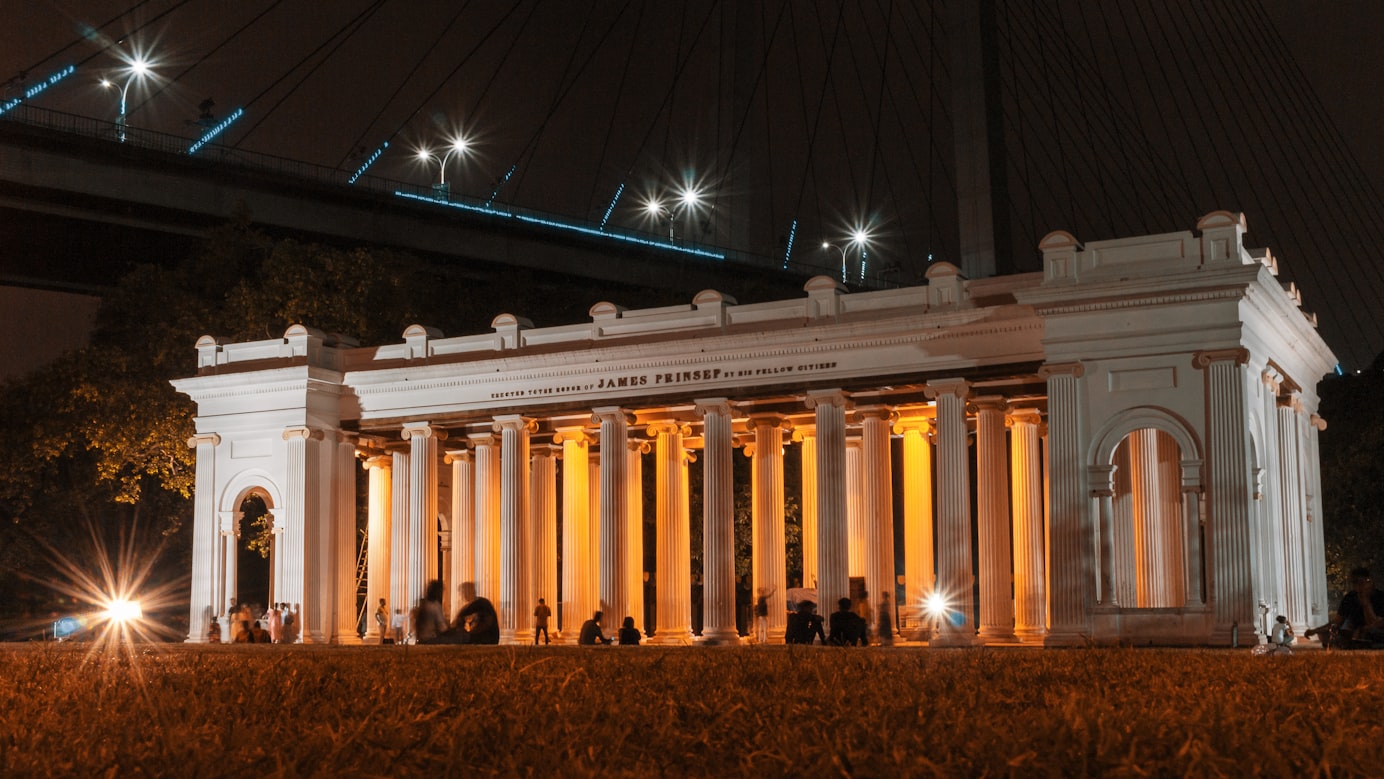
Creative Problem Solving - In short
This is a short summary of the Creative Problem Solving process. A longer piece will appear at a later date. [Datestamp: 01/06/2021]
The roots of the Creative Problem Solving process are in the 1953 book Applied Imagination by Alex Osborn. (Osborn was the original "O" in the BBDO agency) The ideas have been steadily built on and refined since then, including a thriving academic community based at the University of Buffalo. The Creative Education Foundation carries the torch. The system is open source, although there are closed variants which will be touched on in the forthcoming longer piece.
Open source CPS is composed at the top level of 4 steps:
Clarify: Carefully identify what the problem you wish to solve is. A key point here is that the symptoms you wish to address might not be caused by the issue you think. Thus it's really important to consider what is the real problem to be solved.
Ideate: Work creatively to generate a solution. Divergence and convergence (see below) are critical here.
Develop: Turn the ideas from the last step into a fully specified concept.
Implement: Put the concept into action.
The power of the CPS process at a high level (there are always interesting bits in the details, but that's for another day) is in two main parts.
First: At different parts of the process we are doing different things, thinking in different ways. This sounds obvious when you say it, but this is one of the key gaps between the "problem solving" we are taught in our education systems and actually solving problems. The demonstration problems in school or university too often don't require this change of perspective.
Second: Diverge, then converge. The key initial insight from Alex Osborn, one that is even now often misunderstood. For an individual or group, the most productive mindset for generating possibilities (divergent thinking) is not the best mindset for choosing between the options (convergent thinking) - a disciplined approach to creativity means taking each part of the process, both divergence and convergence seriously and giving them both time and energy.
This second is really the secret weapon of many creative thinkers. Too often people wish to evaluate ideas and move on to "doing something" before they have really explored the possibilities. (Of course, the cycle points up other ways people go wrong, but we'll save that for another day.)
Mind Atelier Newsletter
Join the newsletter to receive the latest updates in your inbox.






